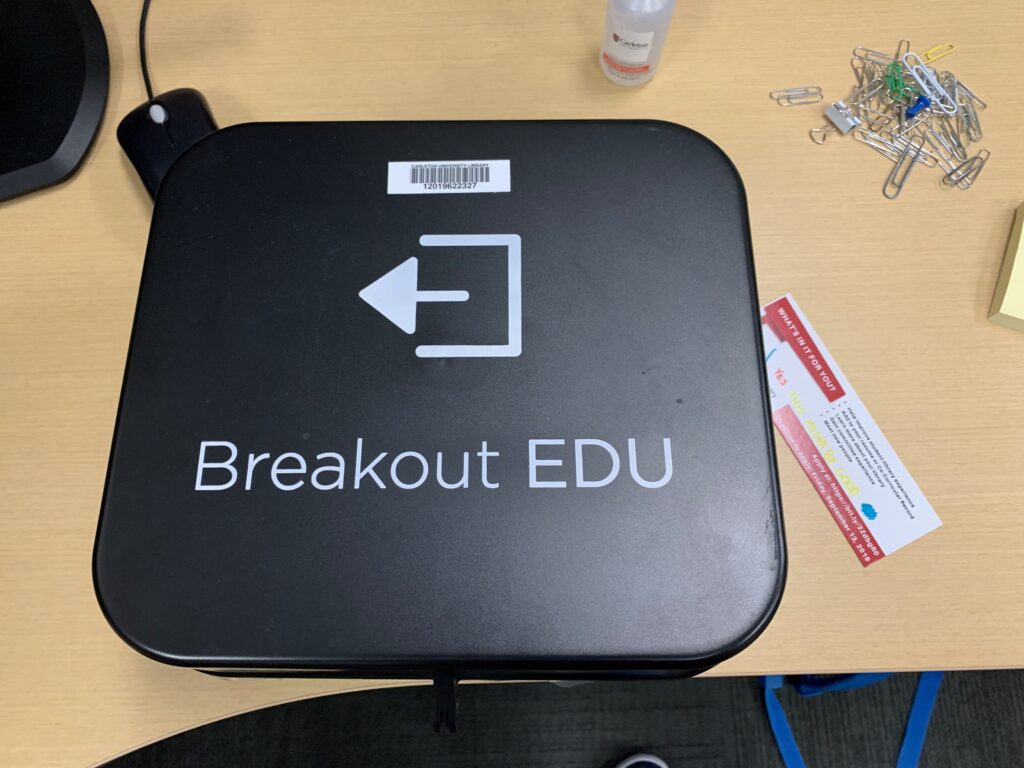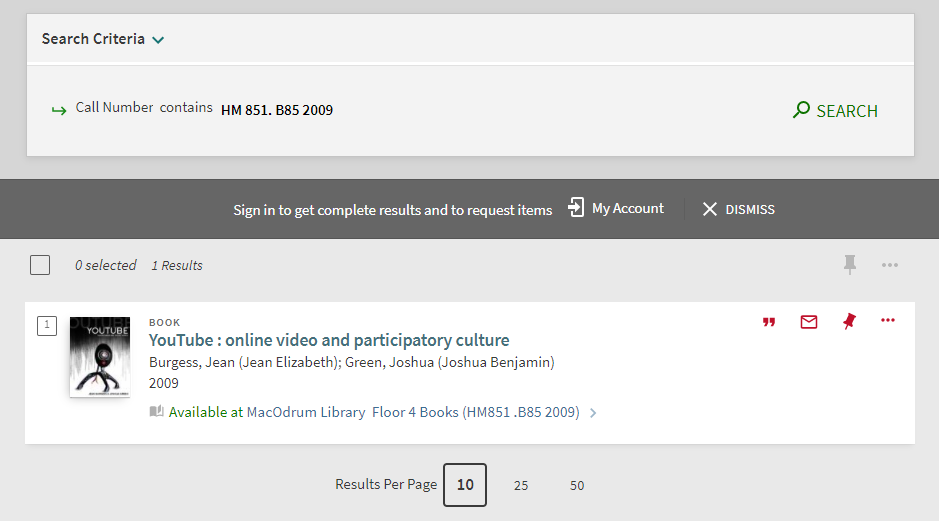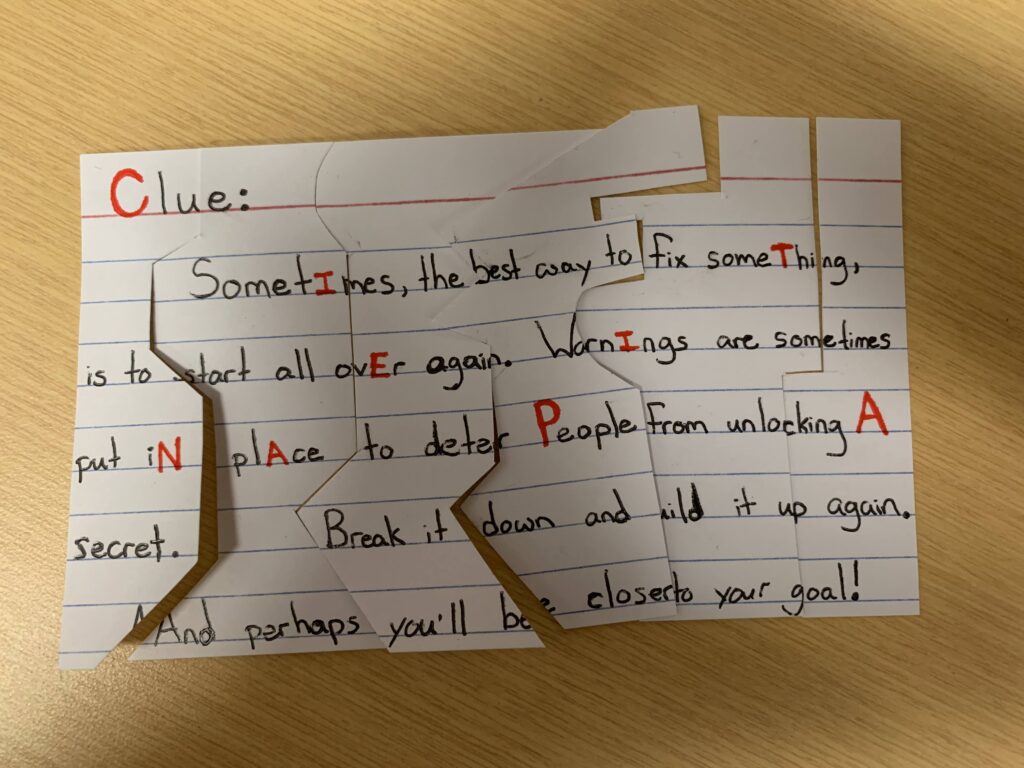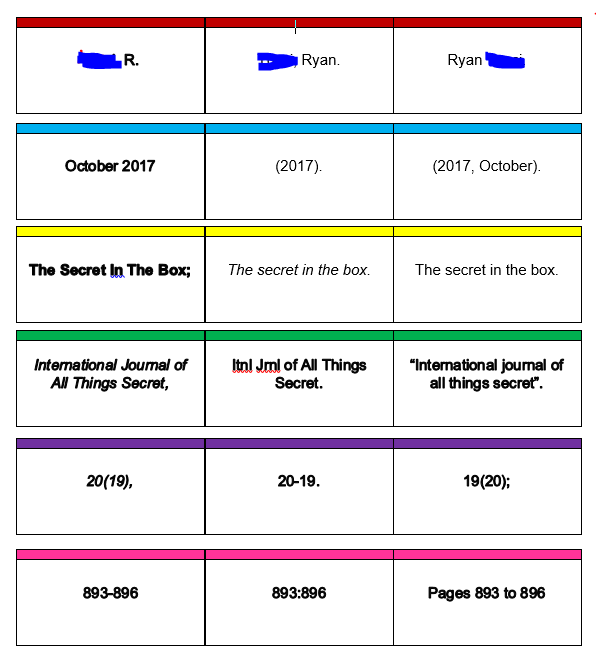I started to cleaning out my office in anticipation of a new position I will be starting in May of this year, the First Year Experience Technician at Carleton University Library. While I was Marie Kondo-ing my office space I came across a little black box. This box was part of an escape room project I was working on back in March of 2020.
This black box is a Breakout EDU kit. Breakout EDU is a kit that provides the basic tools to create in house escape rooms, eg. locks, black lights, etc. As someone interested in using games for library learning, I thought this was an interesting package!

The last time I was in the office in any permanent capacity was March 13th 2020, just over 2 years ago. When I left the office that day I remember telling a coworker that I’d see them on Monday. Little did I know the pandemic would keep us out of the building for those next TWO YEARS.
The problem? When I left the office two years ago, the box was completely locked up. Guess what two years do to someone’s memory?
As a result, I had to start solving the puzzles I developed for the escape room over two years ago!
What is currently used in my library skills escape room?
At the start, the students have some information and items to get them started.
- 2 boxes (one large, one small)
- Large box has 2 locks (3 number combination and a 5 number combination)
- Small box has 1 lock (5 colour combination)
- A battery case (for a flashlight)
- A flashlight
- A letter
- A pile of popular and academic papers (3 academic, 3 popular)
- A deck of cards a ranged into a house of cards with a sign DO NOT TOUCH. FRAGILE!
Students can attack the puzzles in any order but I had the following order in mind. In my view, escape rooms shouldn’t require them to be completely linear. Students should feel immersed to tackle problems in different orders to encourage collaboration and team work.
Escape room: Initial clue

The letter reveals a call number which I searched in our library catalogue using the advance search feature… gotcha! Please note: Future iterations of this letter would have additional instructions, such as hidden clues for using the advance search function of Omni (our institutional search tool) instructing students to search by call number.

Learning objective: Call numbers and finding physical material in the library
Escape room: clue two
I went to the shelf. Picked up the book and found just inside the cover, a bookmark… Interesting. I have discovered clue #2.

On the bookmark there is some strange coloured markings. These markings correspond to a colour lock on one of the smaller boxes included in the Breakout EDU kit. Using this combination on the lock opens it, revealing? Another clue!
Escape room: Clue 3

This clue on the surface is really easy, put together the puzzle! Doing so gives you the prompt to build a citation in APA formatting. However, this clue can be adapted to fit any citation style, so you aren’t limited to APA. In the debriefing, you could build in a larger discussion about citations.

I have glued several citation components onto playing cards that are stacked like a house of cards in the room. Near the stack of cards, students are warned. DO NOT TOUCH. FRAGILE! I wanted students to question whether they should knock the house or keep it intact. This is a false warning. The clue tells them to break it down, “Sometimes, the best way to fix something, is to start all over again. Warnings are sometimes put in place to deter people from unlocking a secret. Break it down and build it up again. And perhaps you’ll be closer to your goal!”
Students will notice that there are numbers on the back of the citation components. Building the APA citation reveals the correct order of numbers. This will unlock one of the locks on the big box.

Learning objective: Citation components
Escape room: Clue 4
This clue is kind of multifaceted. The clue is hidden in plain sight.

In the room, there is a pile of academic and popular sources in a file folder. Without the clue from the flashlight (hidden inside) students won’t know what to do with these papers. The students will know to open the flashlight as the battery/internal components are lying in the room. This prompts students to do two things. They will open the flashlight to insert the batteries and inside they will find the clue as to what to do with the flashlight and the folder of articles.
After that, solving the puzzle requires students to first identify which papers are academic and which are popular. The popular sources have invisible ink that have big X’s on them. The academic papers have numbers, 3 numbers to be precise.
Next, students will have to align the papers by date, which again are highlighted in invisible ink and will illuminate when the flashlight shines on them. Once in the correct order, the students can open the final lock on the big box.
Learning objective: Academic vs. popular sources
That’s it!
In short, that’s it! I didn’t have a chance to finish this escape room but I certainly had a good start on it. Then, the pandemic came.
Cleaning out my office forced me to revisit the idea of escape rooms for library skills. In the past two years, I forgot which puzzles I included and the learning outcomes I mapped to them.

Above all, going through the puzzles that I designed two years ago have reinvigorated my interest in using Breakout EDU for introductory library skills sessions in the library and doing so in a way that will better engage students with the material.
Current learning objectives include: call number reading and finding that material on the shelf, citation components (currently APA), and academic vs. popular sources. Future learning objectives will include: subject guides, Boolean operators, subject experts, library locations, library resources, etc.
Header photo by Zachary Keimig on Unsplash

